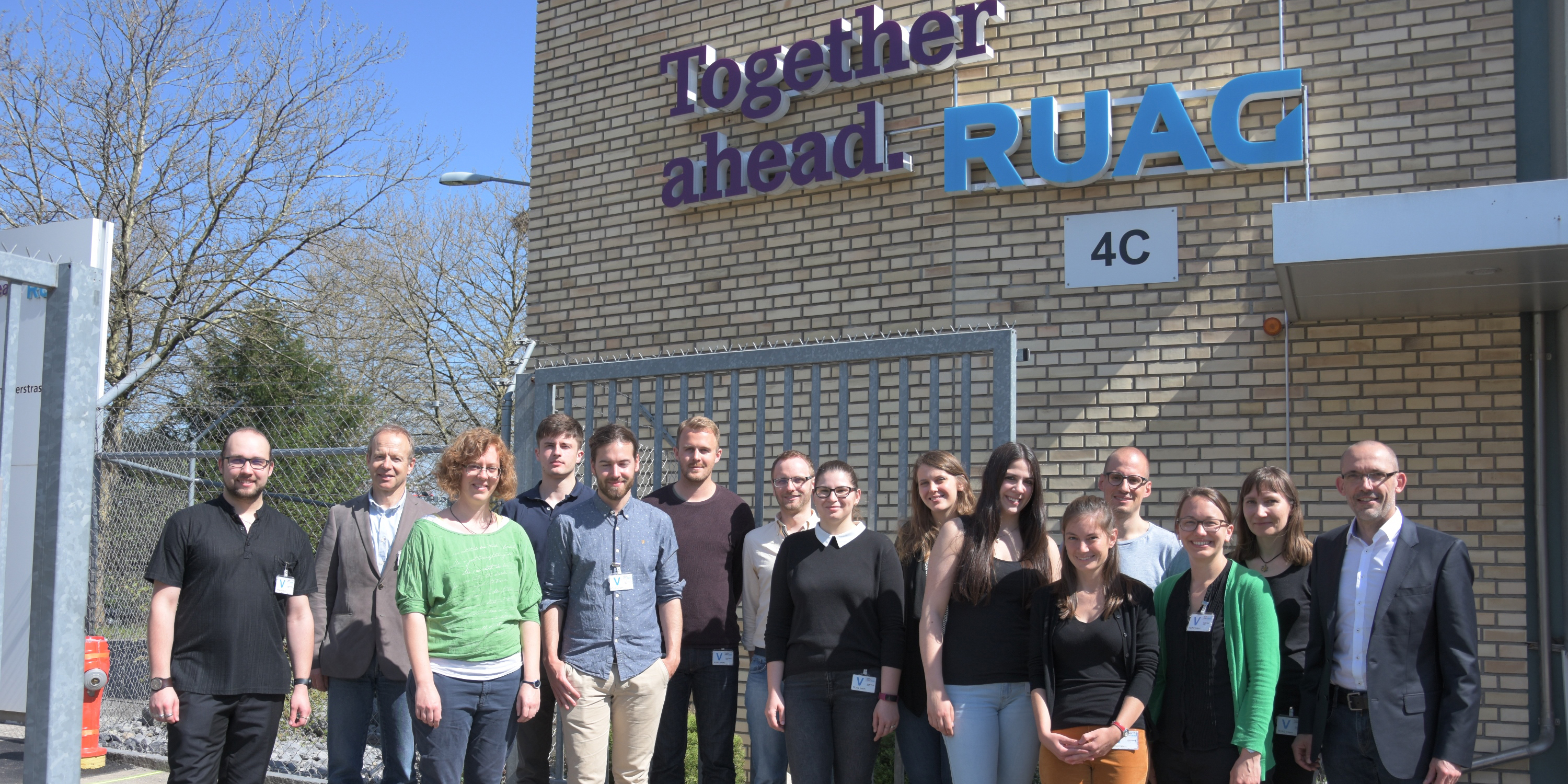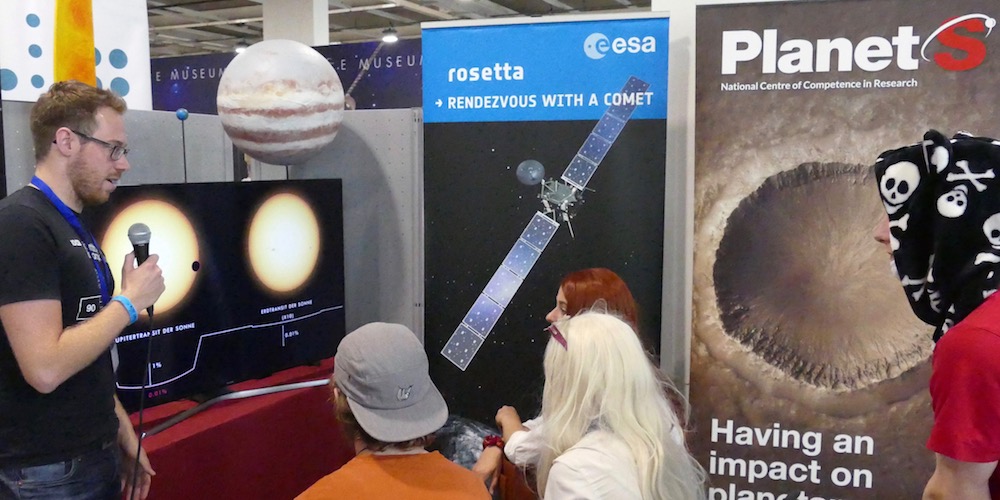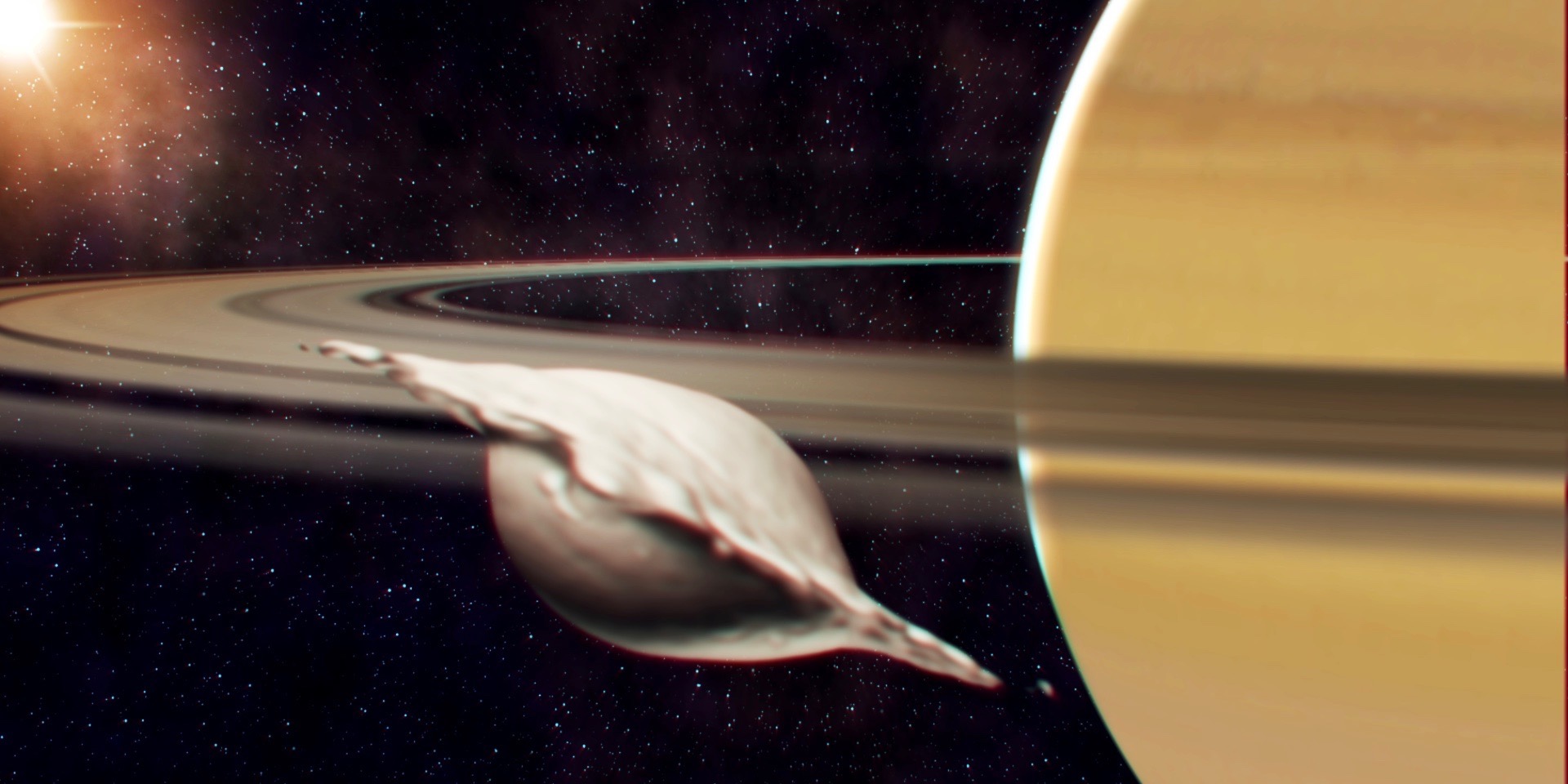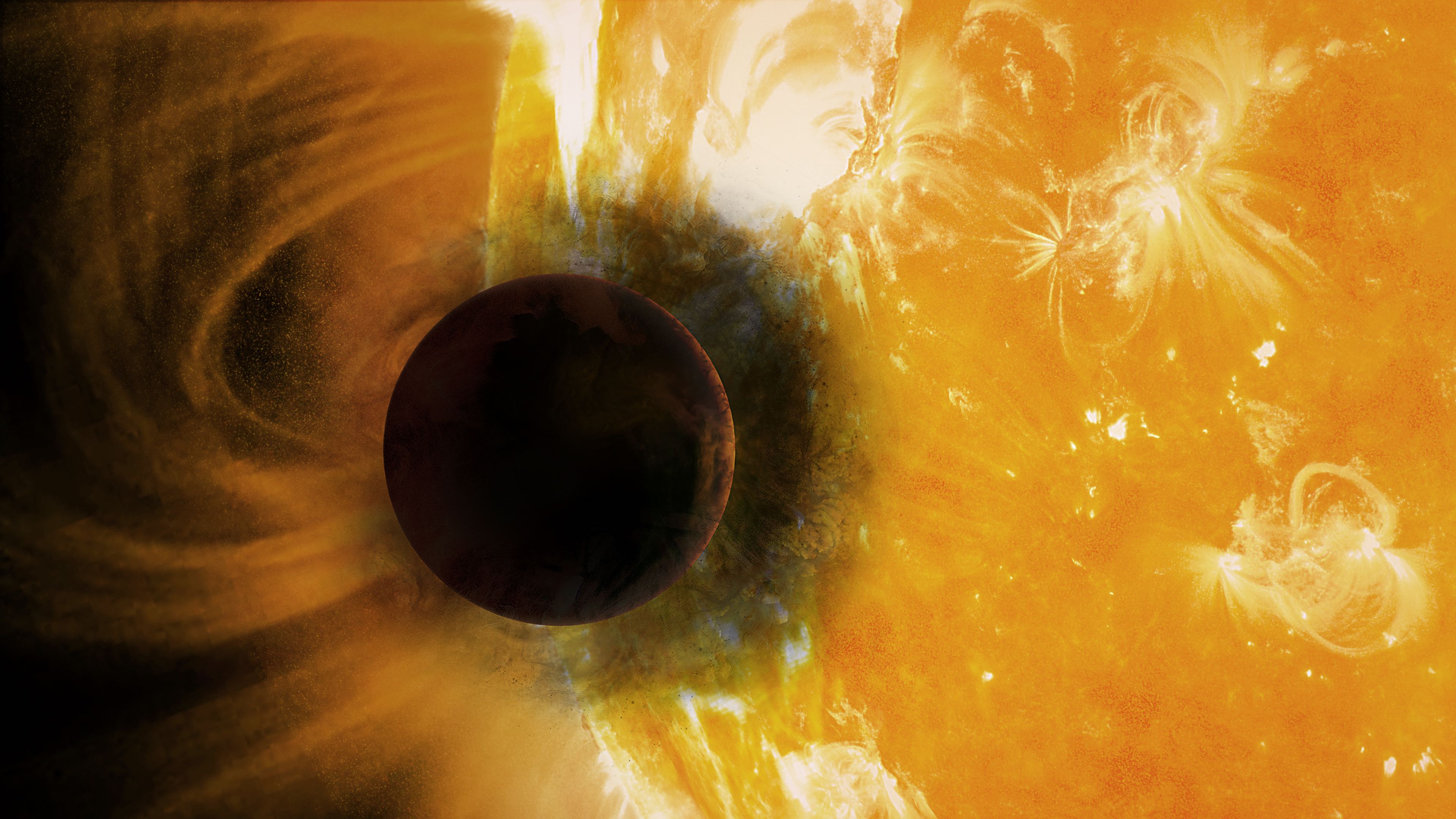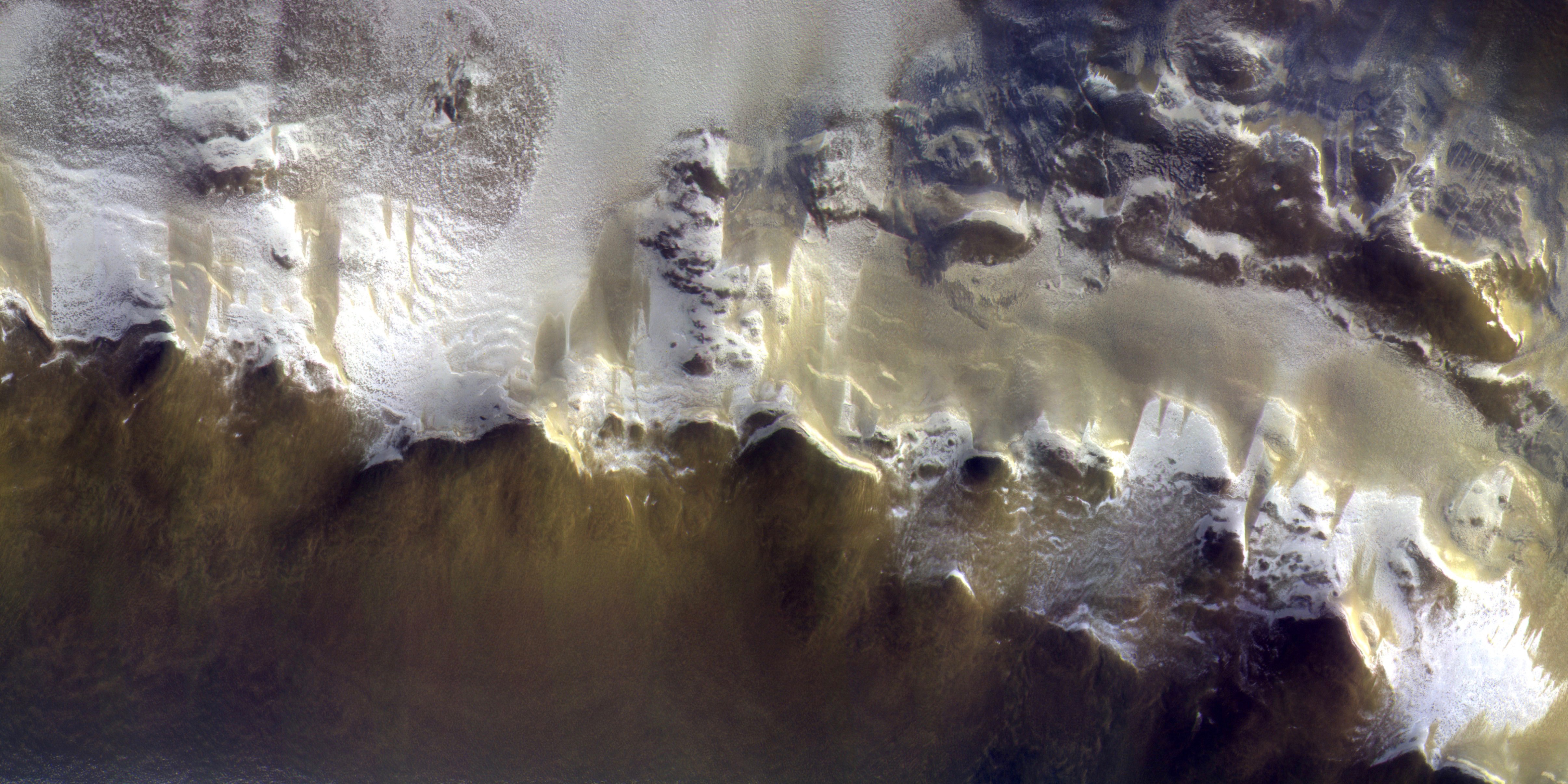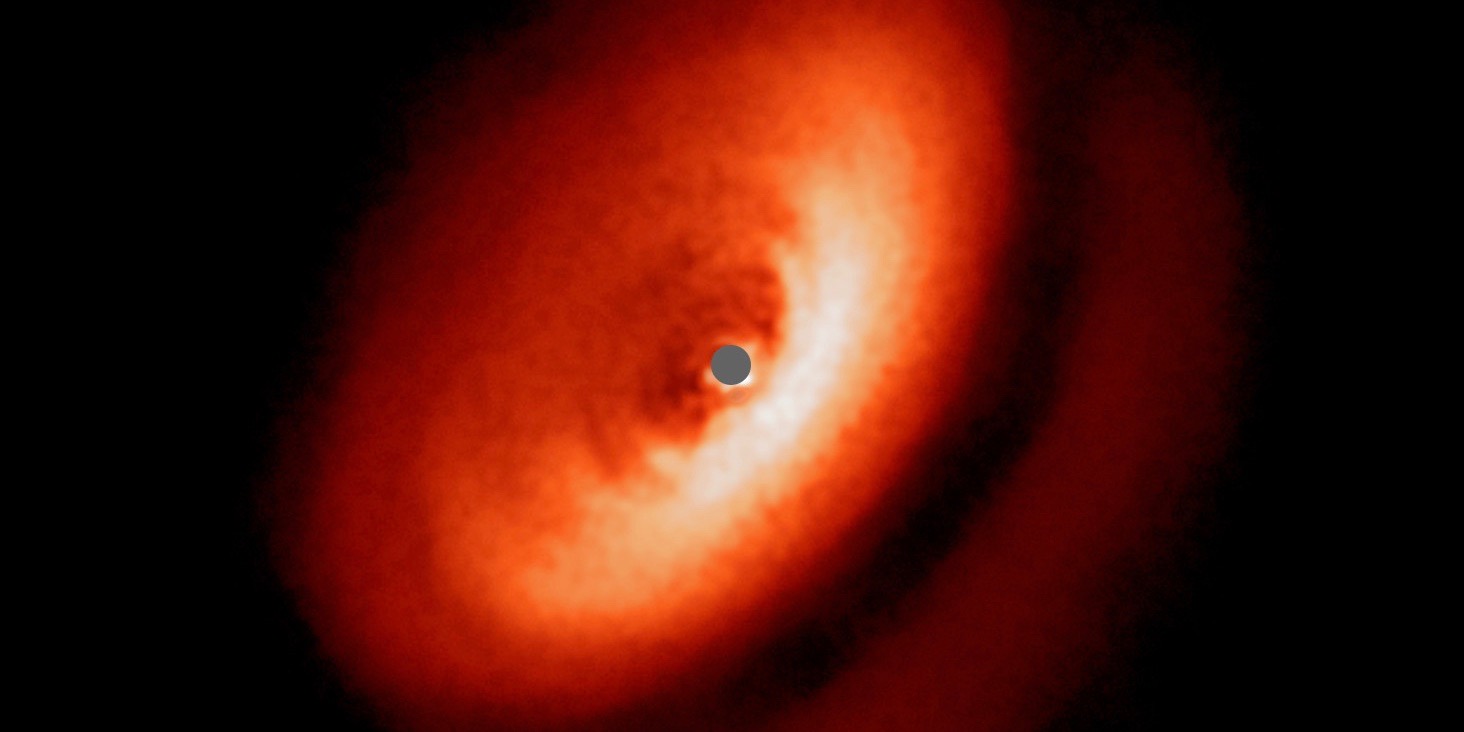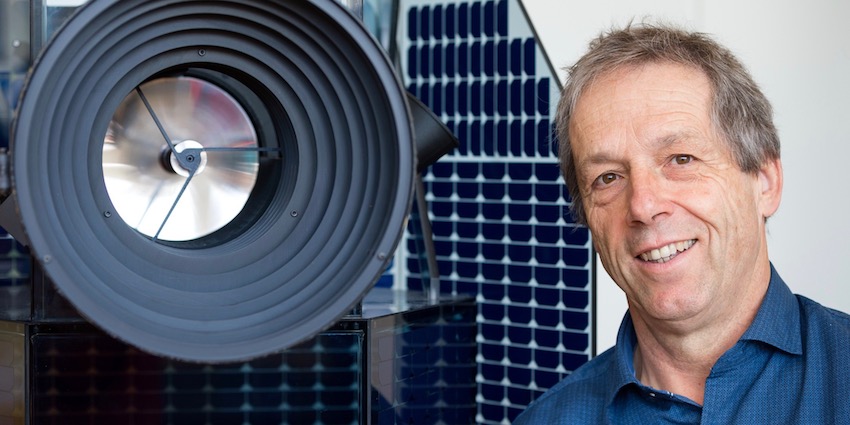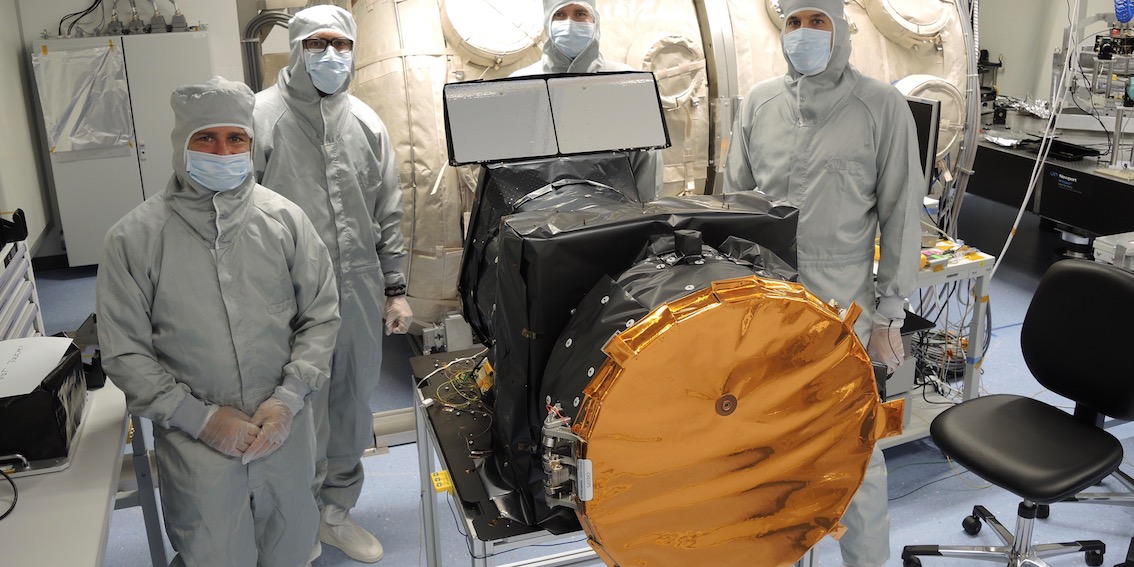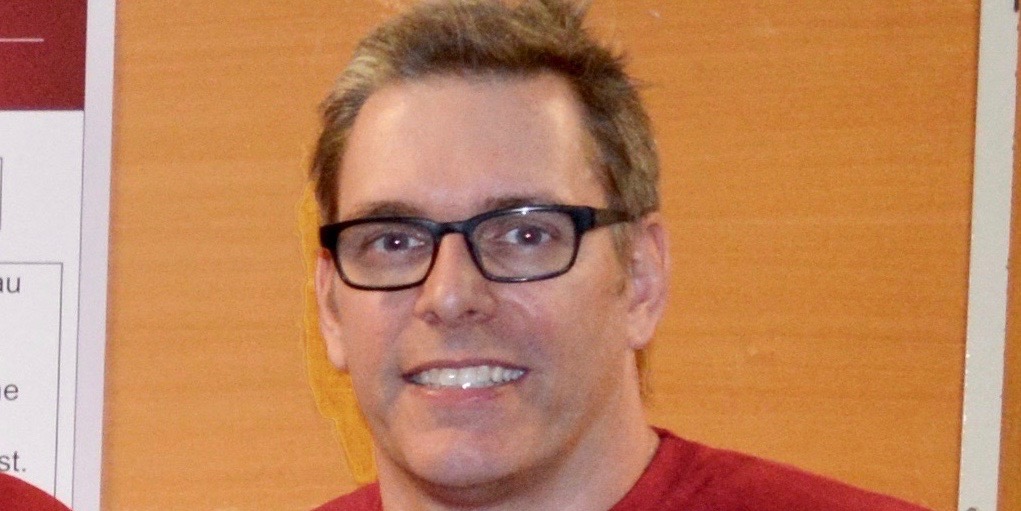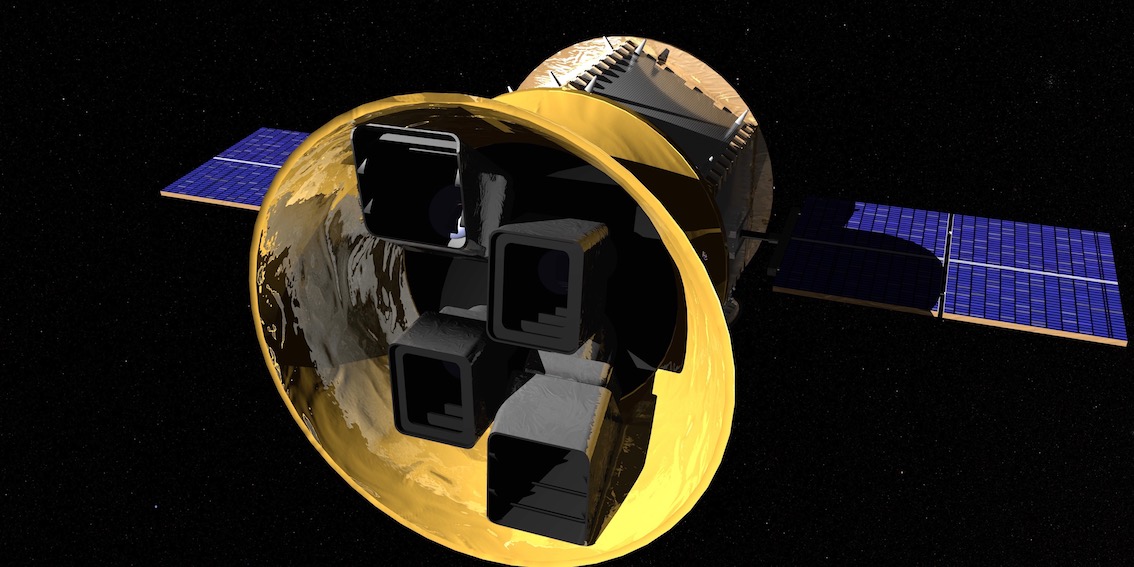News
Linking Academia and Industry
“Apéro might be the most important thing in an event” Those words might make you smile and think it’s not very professional, but from a certain point of view, it makes a lot of sense, as many PlanetS juniors learnt amongst many other advices during a workshop in Zürich, mid-April, regarding the Links between Industry and […]
Continue ReadingBetween Science and Fiction
Over the Ascension days the Fantasy Basel opened its doors for fans of film, game, comic, and cosplay from all over Europe. With four halls (total area > 60’000 m2), more than 300 exhibitors, 150 artists, and stars from film and TV, this convention is the largest in Switzerland and “one of the most beautiful […]
Continue ReadingCosmic ravioli and spaetzle
The small inner moons of Saturn look like giant ravioli and spaetzle. Their spectacular shape has been revealed by the Cassini spacecraft. For the first time, researchers of the University of Bern (Switzerland) show how these moons were formed. The peculiar shapes are a natural outcome of merging collisions among similar-sized little moons as computer […]
Continue ReadingFirst detection of Helium in an exoatmosphere
For the first time, an international team of astronomers including members of PlanetS has detected helium in an exoplanet’s atmosphere. Early theoretical models predicted helium to be among the most readily-detectable species in the atmospheres of exoplanets, especially in extended and escaping atmospheres. However, searches for helium have been unsuccessful until now. By measuring the […]
Continue ReadingCaSSIS sends first colour images from Mars
The Mars camera CaSSIS on the ExoMars Trace Gas Orbiter has returned its first colour images of the red planet. The camera system, which was developed at the University of Bern, is now ready for the start of its prime mission on April 28, 2018. The Colour and Stereo Surface Imaging System (CaSSIS) has been […]
Continue ReadingAn amazingly wide variety of disks
With an instrument at the Very Large Telescope in Chile scientists of ETH Zurich and NCCR PlanetS observed planet-forming disks around young stars similar to the sun 4,5 billion years ago. Surprisingly, the disks are very different. The largest extends almost ten times further into space than the smallest. The data will help to shed […]
Continue ReadingAn important milestone
Dear Reader, In October 2012, CHEOPS was selected as the first small mission in ESA’s science programme. This week, 65 months of intense work later, we are essentially ready to ship the telescope to Airbus Defense and Space in Madrid to be integrated onto the platform for a launch from Kourou in French Guyana in […]
Continue ReadingCHEOPS leaves the University of Bern
Construction of the space telescope CHEOPS is finished. The engineers from the Center for Space and Habitability (CSH) at the University of Bern will package the instrument this week and send it to Madrid, where it will be integrated on the satellite platform. CHEOPS (CHaracterising ExOPlanet Satellite) is to be ready to launch in early […]
Continue Reading“We have to meet hundreds of requirements”
Christopher Broeg is project manager of the CHEOPS mission. A consortium of more than 100 scientists and engineers in eleven European countries is involved in the mission. At the University of Bern, Christopher Broeg and a team consisting of 15 members have developed, assembled and tested the space telescope over the past five years. The […]
Continue ReadingTESS ready for take-off
NASA plans to launch a new exoplanet satellite called TESS on 16 April 2018. It is expected to discover thousands of exoplanets around nearby bright stars. Members of the NCCR PlanetS are involved in the NASA project and synergies are expected between TESS and CHEOPS, the space mission under co-leadership between Switzerland and ESA. Like […]
Continue Reading
